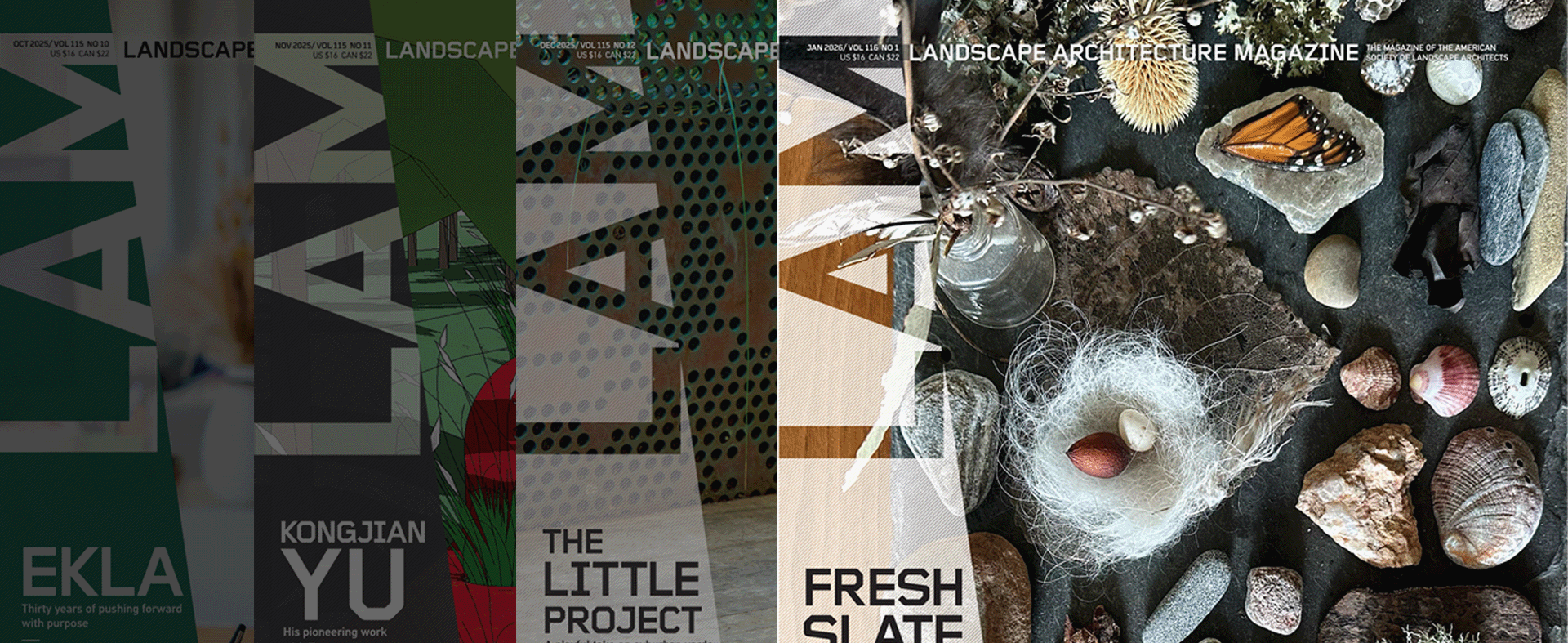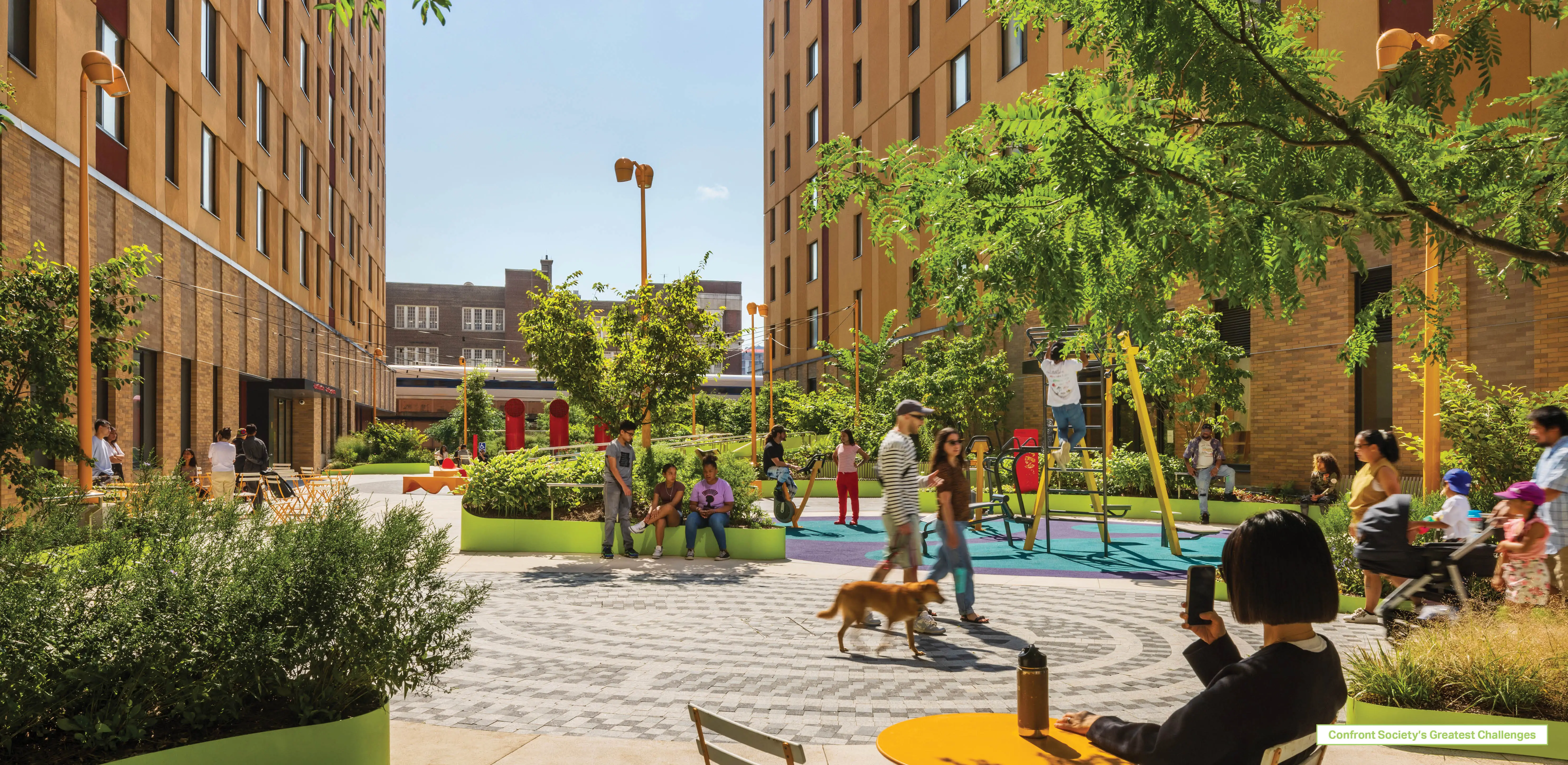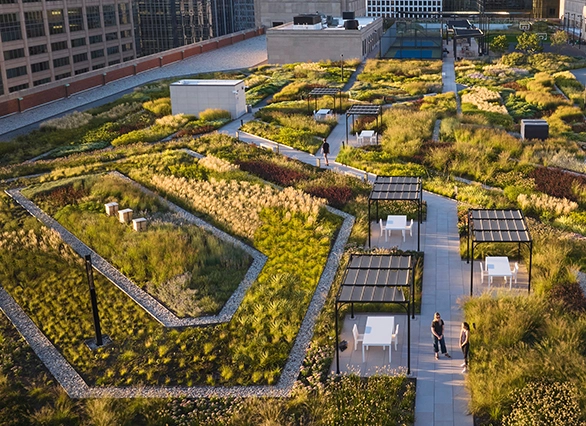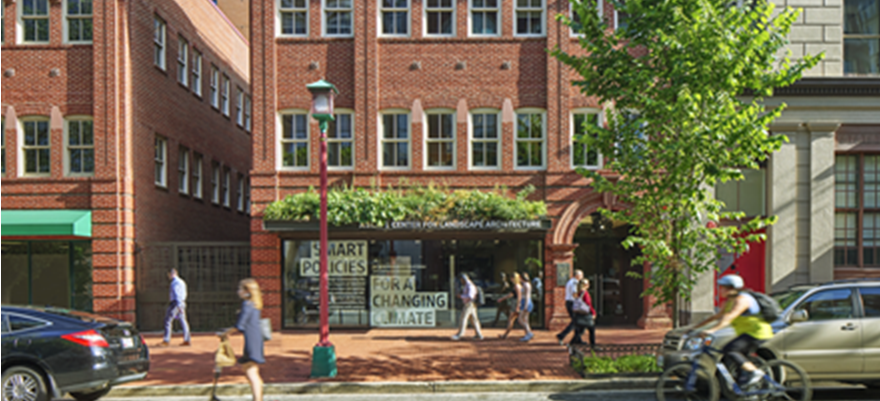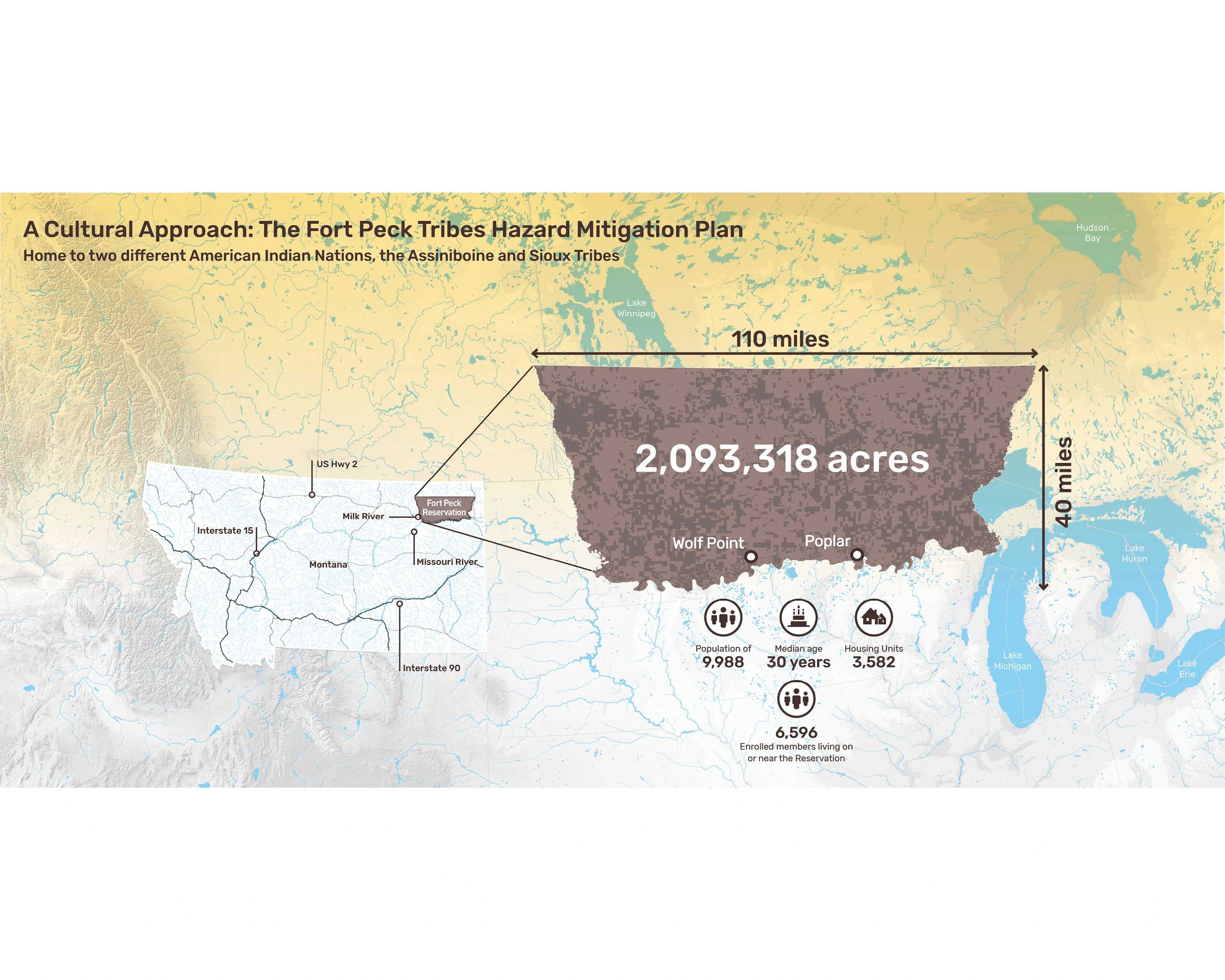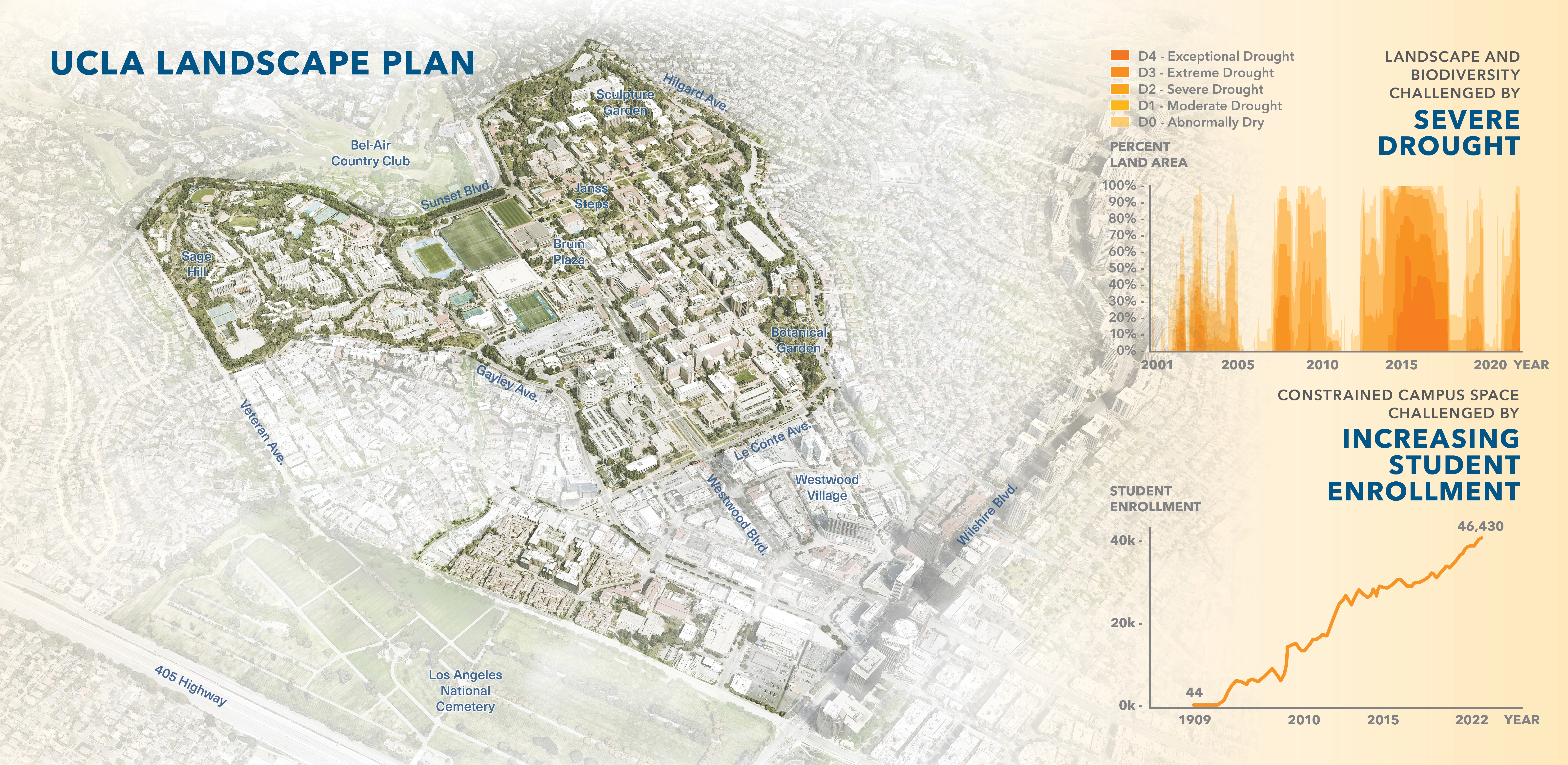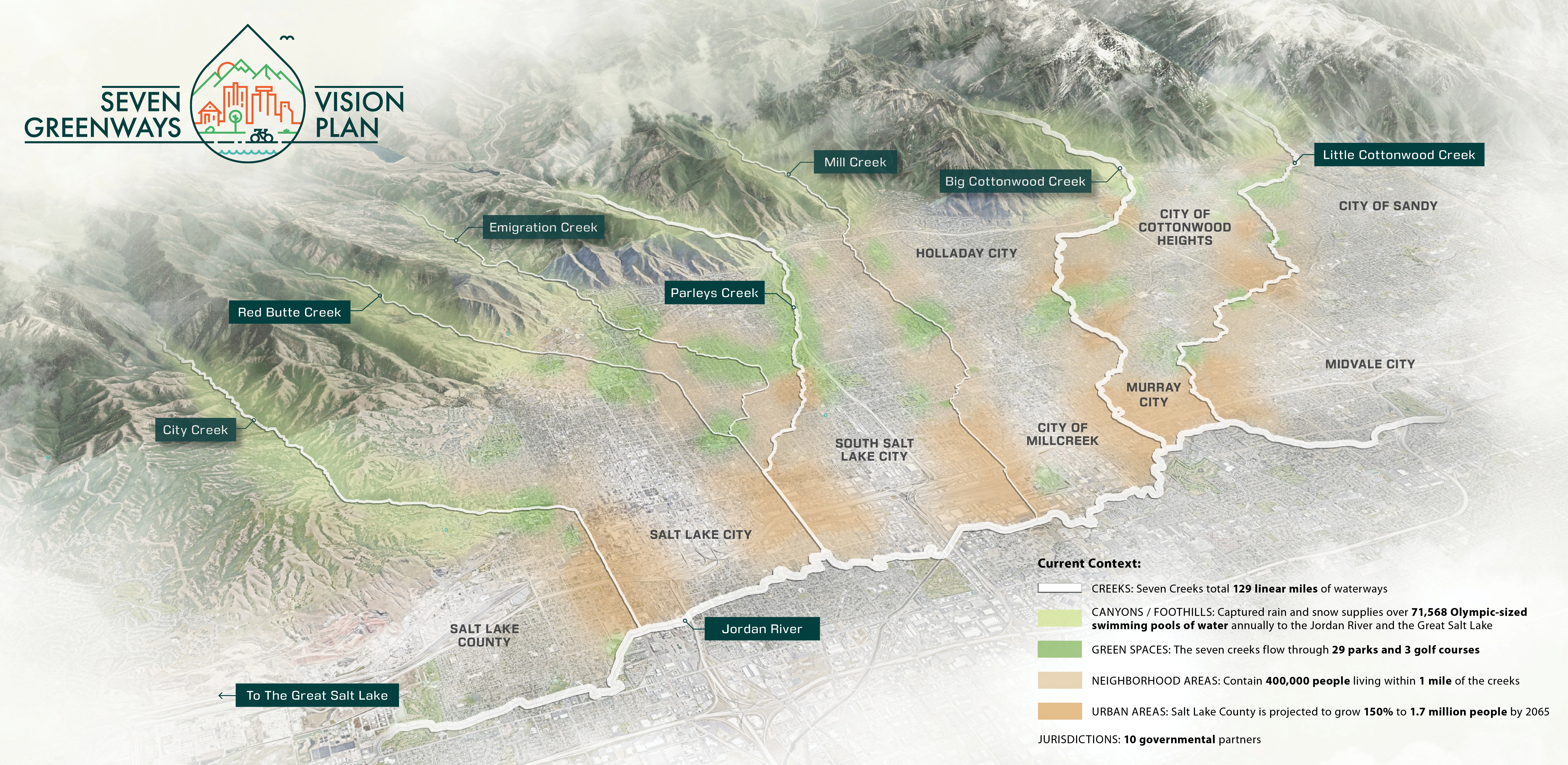Powerful. What's not to love about this plan? Repairing past harm is crucial for landscape architects to embrace. It is an exemplary plan that emerged from a process committed to rebuilding trust and reconciling patterns of disinvestment through action, engagement, building ownership, and a community impact plan to mitigate displacement.
It boldly confronts inequities and disinvestments. Through rigorous analysis and deep trust-building engagement, it developed a plan to address a history of ecological degradation and to build community equity.
Awards Jury
-
The Master Plan for the 660-acre Greenwood Park lays out a constellation of cultural and recreational programs that connect seamlessly into a network of preserved and restored ecologies. The plan simultaneously provides community value through flood protection, improved air quality, increased habitat, and reduced maintenance demands. The process brought together over 5,000 citizens, the largest outreach in Baton Rouge’s history, to have a conversation about race and disinvestment in this historically underserved low-income neighborhood. Building alignment and trust in a contentious context, the implementation-minded proposal is complemented by a community impact plan that focuses on equitable development to reverse decades of disinvestment.
-
East Baton Rouge Parks & Recreation Commission (BREC) had years of turmoil after some called for the Zoo to be relocated south of the parish, an overwhelmingly white area. As BREC entertained the idea, public outcry came from North Baton Rouge (NBR), a predominantly Black community. With support from local and state leadership and BREC we decided to keep the Zoo in NBR’s own Greenwood Park and embark on an ambitious master plan to heal historic patterns of disinvestment. After a year of intense community engagement and design, the front page of the paper quoted one of BREC’s former opponents: “It’s like a dream.” Rooted in Input & Analysis The team employed a methodical approach to build trust, collaborate with community leaders, and gather input from multiple stakeholders. A rigorous analysis of natural systems, economic performance, user patterns, and infrastructural integrity led to 4 guiding principles: Celebrate Louisiana’s Nature, A Park for Everyday & the Big Day, Open Up & Reach Out, and Welcome & Grow. A Constellation of Amenities The plan creates a neighborhood amenity that provides everyday activities for the residents of NBR and the surrounding region. It offers a dynamic set of spaces: an indoor/outdoor sports & recreation center, adventure playground, 6,000-person outdoor event space, woodland retreat & conference center with adventure course, multi-purpose fields, community gardens, cross-country trails and more. A network of trails and nodes nestle into the site support contemplative moments for groups of all sizes. The plan introduces revenue-generating and free programs that foster a more sustainable and accessible operating model. A key component of the plan is reorienting the front entrance of the Zoo to open into the heart of the park, which reduces impacts on the site ecology and utilizes shared infrastructure. Embedding Resilience The bayous throughout the site were channelized to facilitate flood waters, cutting off natural hydrologic functions and resulting in invasive species. Additionally, a large urban watershed north of the park degraded the site’s water quality and, with virtually no flood-time benefits downstream, came to life in the devastating 2016 1,000-year flood. We used the park as a model for upstream stormwater management. Through a series of new channels that trace the patterns of the original bayous, the plan recharges historic meanders, lengthens the run of the bayou, and creates spillover areas. This reduces downstream flood waters while treating 100% of stormwater through natural processes. The site boasts hundreds of acres of swamp and forest. Over time, they were fragmented and overrun with invasive species. The plan uses natural processes to manage this: natural flooding, prescribed burns, and clump reforestation will restore nearly 150 acres of managed turf grass. The design also restores hilltop meadows formed by the spoils of the new bayou and flood storage work, referencing indigenous mound builders and providing habitat for insects and birds. Community First For the project to confront racism and disinvestment throughout its implementation, it's critical that the record-breaking investment into Greenwood Park has positive impacts for NBR. The plan’s Community Benefits Program defines strategies to mitigate displacement and other effects of green gentrification. At all stages, the project is committed to reconciling historic patterns of disinvestment in the community.
-
- Recreation and Park Commission for the Parish of East Baton Rouge (BREC) - Client
- Franklin Associates - Local Community Outreach
- HR&A Advisors - Park Economics
- ETM Associates - Park Operations & Maintenance
- Comite Resources + Coastal Environments - Local Ecologist
- Design Jones - Cultural and Historic Landscape Specialist
- CSRS - Hydraulic and Hydrologic Modeling

.webp?language=en-US)
